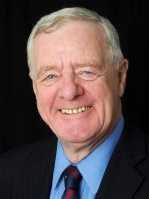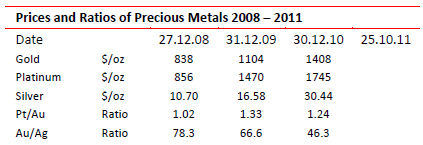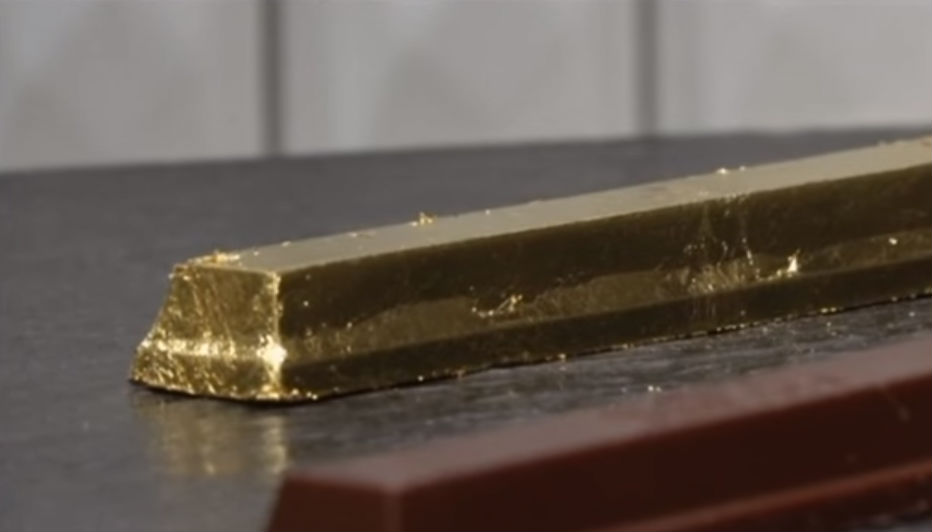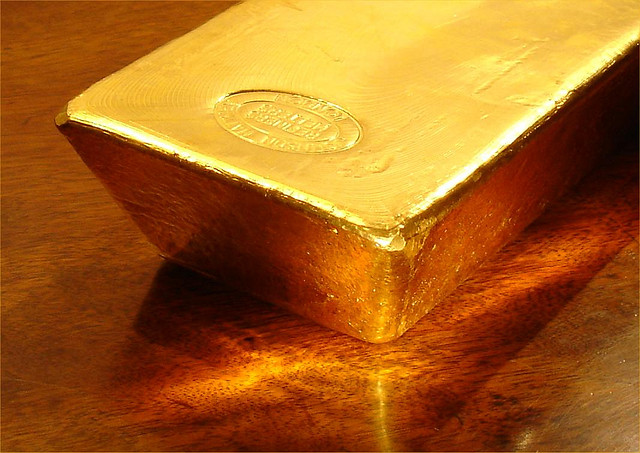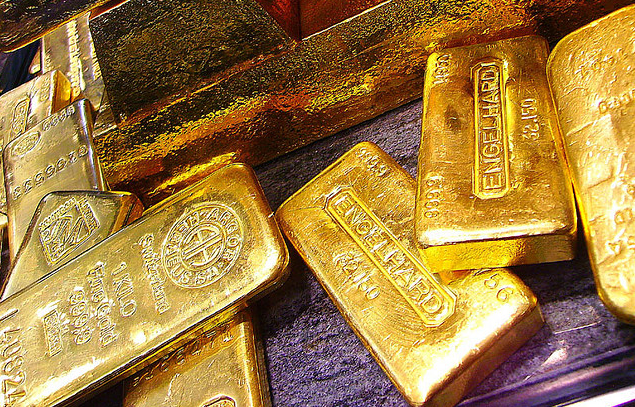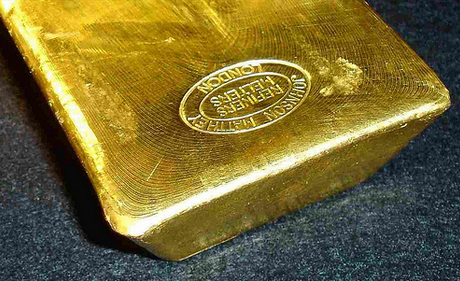Nyheter
David Hargreaves on precious metals, week 47 2011
Can demand rise yet the price fall? Sure can. We have been warning for some time that in a severe recession the flight into tangibles will be halted because people will not be able to afford them. So platinum and silver, very much the industrial components of the precious metals trio, are already feeling the strain.
What does it signify? That what goes up might just come down. All three metals are already well below their 2011 highs and platinum is in surplus. The flight from currencies has been the driver for all three above, but a realisation is surely dawning: there is no alternative to the US dollar in volume. We have:
Whilst the EU/Eurozone one is normally the strongest bloc, it is currently struggling to stay alive and would hardly put itself up as the world reserve currency right now. China is wisely content to maintain a fixed parity to the dollar. The others do not have the volume singly and the possibility of their combining is non-existent. So George Washington it is. Now a strong dollar rarely betokens strong gold. So let’s beware the runaway prophets. Not that this will necessarily stop them, GFMS, no less, says investment demand will push silver over $50/oz by late 2012. So far this year it has been a not-soshabby $36. It admits there will be a production – to – consumption surplus, but investment will take up the slack. It forecasts 278Moz from that sector in 2011. Other commentators warn that silver’s very volatility holds its back. It topped $50/oz earlier this year yet slid over $20 in one trading hit. Not good for the digestion.
India should buy more gold. The inhabitants of the world’s second most populous country (it will overtake China soon) are very fond of gold. They took $11bn worth in Q3 2011, level with China and 27% of world total. But not so it’s Central Bank. It has told the Government to buy more. There is certainly scope. To perspectivise it: National stocks stand at 558 tonnes, less than 2% of world bank holdings. For almost 20% of the world’s population that is hardly flying the flag now is it? Even China has almost double that whilst the USA wallows in over 8000 tonnes. Meanwhile India’s Rupee has fallen massively against the dollar and it now at its lowest for 32 months.
Europe and Gold. Is it indicative that Europe bought more gold than either the US or China last year? It is hard to lay that at the doorstop of anything other than the Euro crisis. But with belt tightening its only choice we cannot see the trend continuing; bar a currency collapse, of course.
Shares versus Bullion? Only the market will answer the plaintive call for a rerating of gold shares relative to the gold price. So heavyweights like Soros and John Poulson are buying the stocks. Just one teensy problem, would you buy a share when its underlying commodity might go down as easily as go up? Historically, the boys have a case.
The trend is not dramatic but obvious. The current price level for gold is not trusted. Dividend growth is not keeping pace with earnings and even learner ore grades are being pursued.
Central Bank Buying. WGC tells us the national banks bought c. 150 tonnes of gold in Q3 2011 but nobody knows which ones. Clearly only those who can afford it, by virtue of their FOREX reserves. Top of the pops is China, with $3.2 x 10¹².
Before we get excited, that would buy them about 600 tonnes, to bring their total to c. 1700 tonnes, or a half of what Germany holds and about a fifth of Fort Knox levels. It would also curtail their shopping trips to Africa. Nor might it provide the insurance cover many think that brings. Portugal (the P in P11GS) has 82% of its foreign reserves in gold but has just had its government bonds reduced to junk status. Christmas has come early to India. Beside ATMA dispersing little bars of bullion they now throw out diamond jewellery. It will be interesting to learn what the buyback arrangements are.
[hr]
About David Hargreaves
David Hargreaves is a mining engineer with over forty years of senior experience in the industry. After qualifying in coal mining he worked in the iron ore mines of Quebec and Northwest Ontario before diversifying into other bulk minerals including bauxite. He was Head of Research for stockbrokers James Capel in London from 1974 to 1977 and voted Mining Analyst of the year on three successive occasions.
Since forming his own metals broking and research company in 1977, he has successfully promoted and been a director of several public companies. He currently writes “The Week in Mining”, an incisive review of world mining events, for stockbrokers WH Ireland. David’s research pays particular attention to steel via the iron ore and coal supply industries. He is a Chartered Mining Engineer, Fellow of the Geological Society and the Institute of Mining, Minerals and Materials, and a Member of the Royal Institution. His textbook, “The World Index of Resources and Population” accurately predicted the exponential rise in demand for steel industry products.
Nyheter
Vad guldets uppgång egentligen betyder för världen

Guldpriset har nyligen nått rekordnivåer, över 4 000 dollar per uns. Denna uppgång är inte bara ett resultat av spekulation, utan speglar djupare förändringar i den globala ekonomin. Bloomberg analyserar hur detta hänger samman med minskad tillit till dollarn, geopolitisk oro och förändrade investeringsmönster.
Guldets roll som säker tillgång har stärkts i takt med att förtroendet för den amerikanska centralbanken minskat. Osäkerhet kring Federal Reserves oberoende, inflationens utveckling och USA:s ekonomiska stabilitet har fått investerare att söka alternativ till fiatvalutor. Donald Trumps handelskrig har också bidragit till att underminera dollarns status som global reservvaluta.
Samtidigt ökar den geopolitiska spänningen, särskilt mellan USA och Kina. Kapitalflykt från Kina, driven av oro för övertryckta valutor och instabilitet i det finansiella systemet, har lett till ökad efterfrågan på guld. Även kryptovalutor som bitcoin stiger i värde, vilket tyder på ett bredare skifte mot hårda tillgångar.
Bloomberg lyfter fram att derivatmarknaden för guld visar tecken på spekulativ överhettning. Positioneringsdata och avvikelser i terminskurvor tyder på att investerare roterar bort från aktier och obligationer till guld. ETF-flöden och CFTC-statistik bekräftar denna trend.
En annan aspekt är att de superrika nu köper upp alla tillgångsslag – aktier, fastigheter, statsobligationer och guld – vilket bryter mot traditionella investeringslogiker där vissa tillgångar fungerar som motvikt till andra. Detta tyder på att marknaden är ur balans och att kapitalfördelningen är skev.
Sammanfattningsvis är guldets prisrally ett tecken på en värld i ekonomisk omkalibrering. Det signalerar misstro mot fiatvalutor, oro för geopolitisk instabilitet och ett skifte i hur investerare ser på risk och trygghet.
Nyheter
Spotpriset på guld över 4300 USD och silver över 54 USD
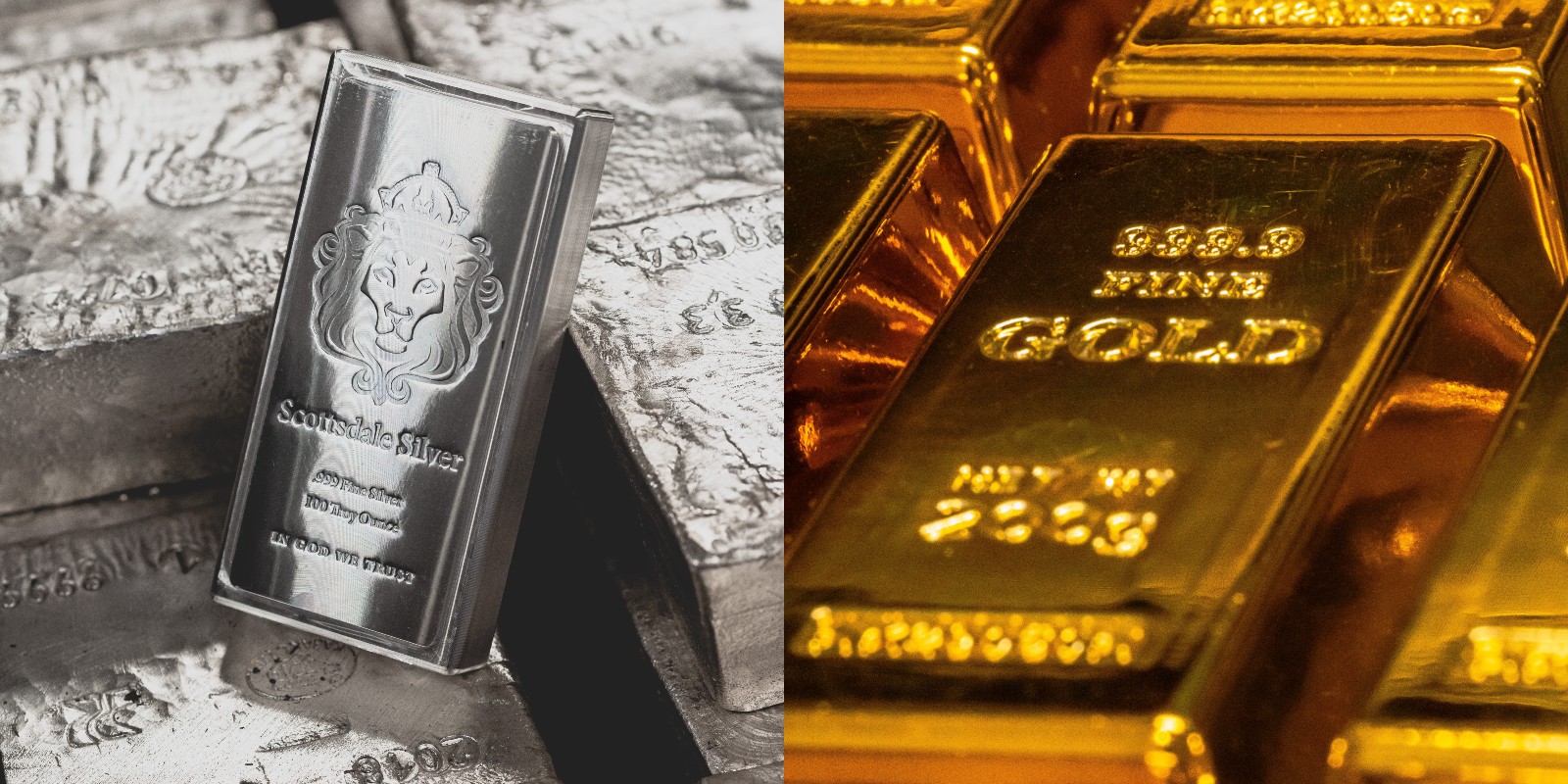
Guldpriset stiger i ett spektakulärt tempo, nya rekord sätts nu på löpande band. Terminspriset ligger oftast före i utvecklingen, men ikväll passerade även spotpriset på guld 4300 USD per uns. Guldet är just nu som ett ångande tåg som det hela tiden skyfflas in mer kol i. En praktisk fördel med ett högre pris är att det totala värdet på guld även blir högre, vilket gör att centralbanker och privatpersoner kan placera mer pengar i guld.
Även spotpriset på silver har nu passerat 54 USD vilket innebär att alla pristoppar från Hunt-brödernas klassiska squeeze på silver har passerats med marginal. Ett högt pris på guld påverkar främst köpare av smycken, men konsekvensen av ett högt pris på silver är betydligt mer kännbar. Silver är en metall som används inom många olika industrier, i allt från solceller till medicinsk utrustning.
Nyheter
Guld och silver stiger hela tiden mot nya höjder
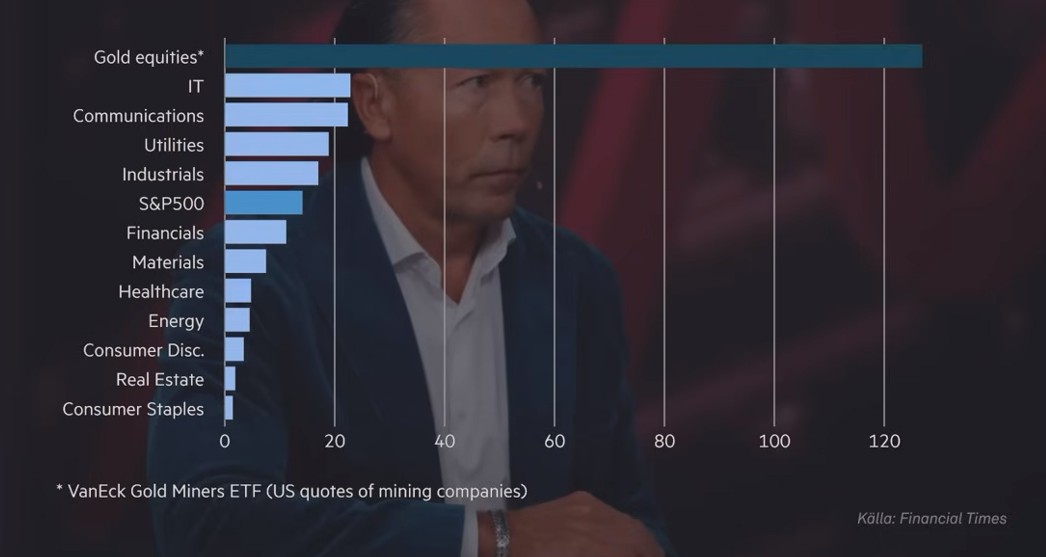
Priserna på guld och silver stiger hela tiden mot nya höjder. Eric Strand går här igenom vilka faktorerna som ligger bakom uppgångarna och vad som kan hända framöver. Han får även kommentera aktier inom guldgruvbolag som har haft en bättre utveckling än nästan allt annat. Han säger bland annat att uppgången kommer från låga nivåer och att det i genomsnitt är en mycket högre kvalitet på ledningarna för bolagen idag.
-

 Nyheter3 veckor sedan
Nyheter3 veckor sedanOPEC+ missar produktionsmål, stöder oljepriserna
-

 Nyheter4 veckor sedan
Nyheter4 veckor sedanEtt samtal om guld, olja, fjärrvärme och förnybar energi
-

 Nyheter2 veckor sedan
Nyheter2 veckor sedanGoldman Sachs höjer prognosen för guld, tror priset når 4900 USD
-
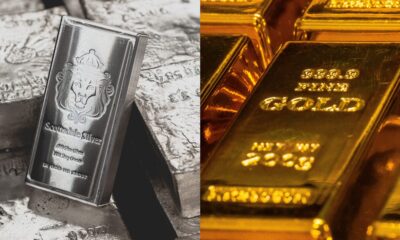
 Nyheter2 veckor sedan
Nyheter2 veckor sedanGuld nära 4000 USD och silver 50 USD, därför kan de fortsätta stiga
-
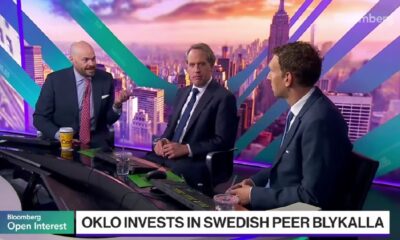
 Nyheter3 veckor sedan
Nyheter3 veckor sedanBlykalla och amerikanska Oklo inleder ett samarbete
-

 Analys4 veckor sedan
Analys4 veckor sedanAre Ukraine’s attacks on Russian energy infrastructure working?
-
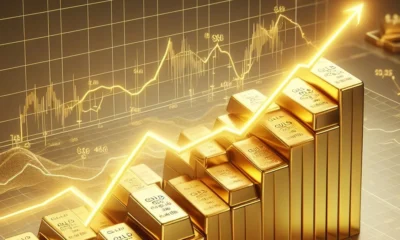
 Nyheter4 veckor sedan
Nyheter4 veckor sedanGuldpriset uppe på nya höjder, nu 3750 USD
-

 Nyheter3 veckor sedan
Nyheter3 veckor sedanEtt samtal om guld, olja, koppar och stål


